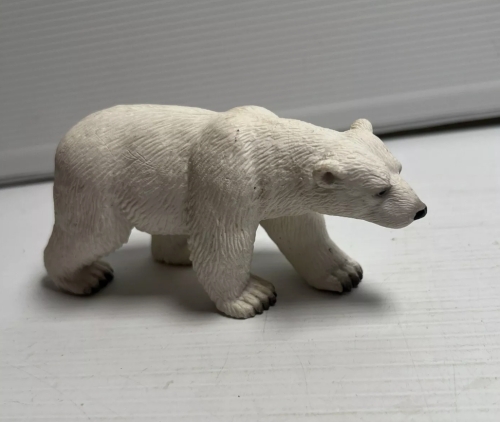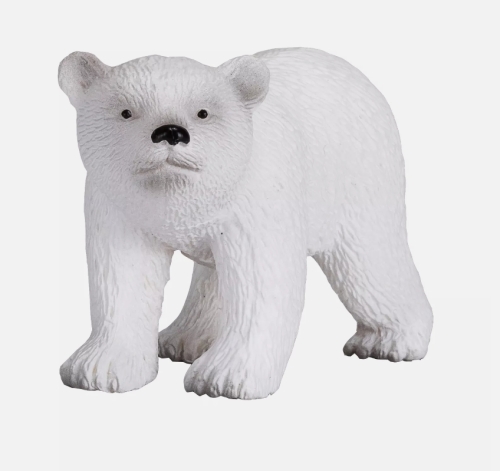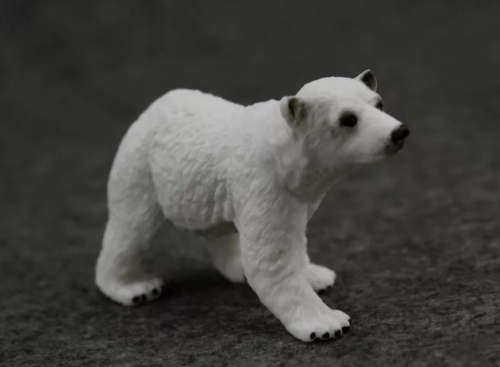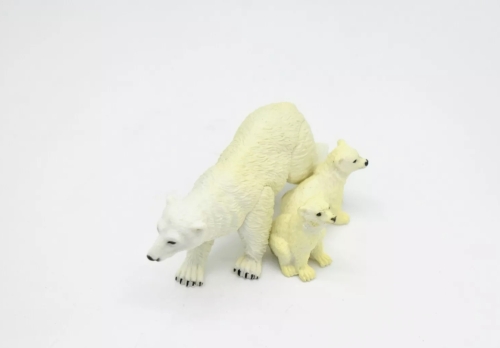The polar bear model is a biological simulation tool designed to help study and protect ecosystems in the Arctic region. This model is not only of great significance in scientific research, but also plays a positive role in education and public awareness.
As the top predator in this ecosystem, polar bears are very sensitive to environmental changes. Currently, climate change is causing the ice to melt, affecting the polar bear's habitat and prey distribution. By creating polar bear models, researchers were able to simulate the survival of polar bears under different climatic conditions. The model uses data analysis and computer simulations to predict polar bear population dynamics, breeding patterns and migration routes, thereby providing a scientific basis for conservation measures.
In the field of education, polar bear models are also often used to raise public awareness of environmental protection. By modeling how polar bears respond to habitat changes, more people can understand the impact of climate change on the ecological balance. This interactive way of learning can stimulate people's attention and participation, and promote the practice of environmental action.
In addition, the construction of polar bear models often requires interdisciplinary cooperation, involving knowledge from multiple fields such as biology, climate science, and ecology. Such cooperation not only improves the depth and breadth of research, but also promotes exchanges and cooperation between different disciplines. By sharing data and research results, scientists can more fully understand the complexity of the Arctic ecosystem and provide practical solutions to protect polar bears and their habitat.
In general, polar bear models are not only an important tool for scientific research, but also an effective means to raise public awareness of environmental protection.
















